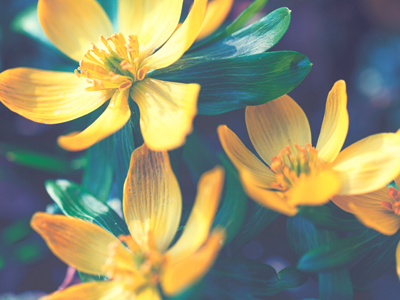
Romeo and Juliet - Themes
This GCSE English Literature quiz takes a look at themes in William Shakespeare's Romeo and Juliet. Works of literature always deal with multiple themes. Those which are obvious may obscure for a little while the very subtle. Themes interact with one another so that it can be misleading to talk of a single theme in isolation. Setting, character, plot and dialogue are all important means of developing the themes of a text. Pay close attention to concepts and ideas which arise in different parts of the text; these are its dominant themes. Differing aspects of these themes are developed through different characters and comparing these aspects is a useful method of analysis.
Follow the development of a theme over the course of a text by paying attention to related ideas and the different ways in which these are expressed.
Ready for more?
not all...
quizzers. Try to win a coveted spot on our Hall of Fame Page.







